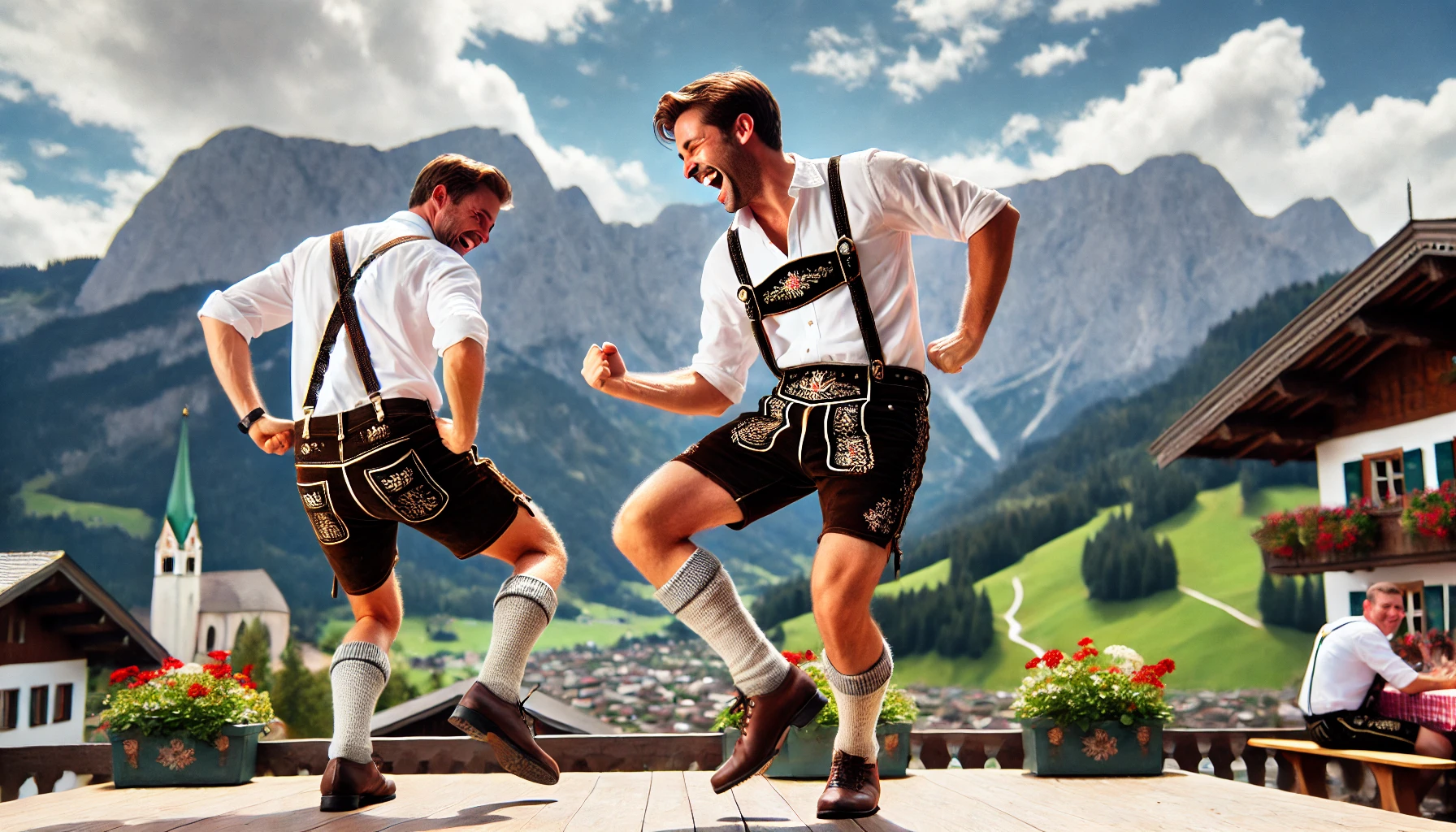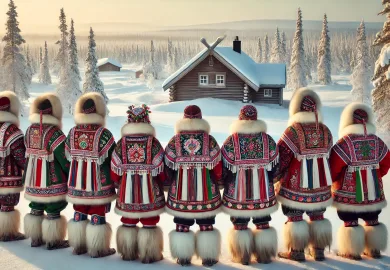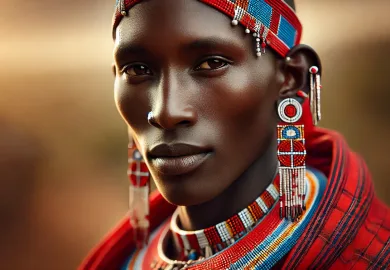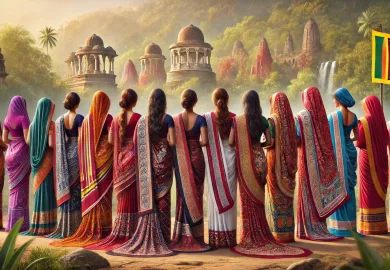
Bavaria, the heart of southern Germany, is a region celebrated for its rich cultural heritage and deep-rooted traditions. Among its many iconic expressions of folklore, the Schuhplattler dance stands out as a captivating and spirited display of Bavarian pride. Dating back centuries, this energetic and engaging dance showcases a unique blend of storytelling, music, and physical prowess. In this article, we explore the origins, significance, and cultural charm of Schuhplattler and why it’s an unmissable part of Bavarian tradition.
The Origins of Schuhplattler: A Dance Rich in History
Schuhplattler’s history dates back over a thousand years to the Alpine regions of Germany and Austria. Its name, derived from “Schuh” (shoe) and “platteln” (to slap), reflects the dance’s signature move: slapping shoes, thighs, and hands in a rhythmic, choreographed pattern. Traditionally performed by men, Schuhplattler is a courtship dance that allowed young Bavarian men to demonstrate their strength and agility to impress women.
Despite its ancient roots, Schuhplattler is far from being a relic of the past. Over the centuries, this traditional dance has evolved while remaining a vibrant and essential part of Bavarian culture. Today, it can be seen in festivals, celebrations, and even competitions where participants showcase their talents. It’s not uncommon to spot locals and tourists alike clapping along to the lively beats of the accompanying Bavarian folk music, often played on the accordion and zither.
As the Schuhplattler dance spread from small alpine villages to larger towns and cities, it became a symbol of the region’s identity. It bridges the past with the present, keeping a vital part of Bavaria’s folklore alive for future generations.
Schuhplattler in Modern Bavaria: A Dance for All Ages
In modern Bavaria, Schuhplattler has become a popular way to celebrate the region’s traditions, and it is now performed by men, women, and children of all ages. Bavarians take great pride in teaching this dance to the younger generation, ensuring that the cultural legacy is passed on. Dance clubs and groups dedicated to Schuhplattler exist throughout Bavaria, providing an avenue for locals to practice and perform the intricate moves that characterize this folk dance.
These performances are often a staple of Bavarian festivals, such as Oktoberfest or local beer garden gatherings. Visitors are treated to the sight of dancers in traditional clothing – men in Lederhosen and women in Dirndls – stomping their feet, clapping, and spinning in perfect harmony. The experience is more than just a visual spectacle; it’s a window into the cultural soul of Bavaria.
Though the basic steps of Schuhplattler remain unchanged, contemporary versions often include modern elements, offering a fusion of tradition and creativity. Some performances might feature a blend of traditional Bavarian folk music and contemporary beats, bringing Schuhplattler to new audiences worldwide. Despite these variations, the essence of the Schuhplattler – a celebration of life, community, and heritage – remains intact.
The Role of Schuhplattler in Bavarian Festivals
When it comes to Bavarian festivals, Schuhplattler is a key attraction. It serves as both entertainment and a proud expression of Bavarian culture. Whether at a village fair or an international event, Schuhplattler captivates audiences with its energy, humor, and lively spirit. The dancers’ enthusiastic stomping and clapping, paired with the traditional music, create an electrifying atmosphere that is hard to resist.
One of the most notable festivals where Schuhplattler can be enjoyed is the Oktoberfest in Munich, the world’s largest beer festival. Schuhplattler groups perform throughout the two-week event, delighting both locals and international visitors. The sight of Schuhplattler dancers twirling in sync with one another while the audience claps along creates an infectious joy. It’s a moment where the boundaries between performer and spectator blur, as everyone becomes part of the Bavarian celebration.
Apart from Oktoberfest, other regional celebrations such as Gaufeste, Trachtenfeste, and local town festivals keep the tradition alive year-round. These festivals offer a perfect opportunity for anyone traveling to Bavaria to experience the full charm of Schuhplattler while immersing themselves in Bavarian customs, including its distinctive cuisine, music, and camaraderie.
Why Schuhplattler Continues to Thrill Audiences
So why does Schuhplattler remain such a popular tradition in Bavaria and beyond? Much of its appeal lies in its dynamic and engaging nature. The combination of rhythm, physical movement, and storytelling captures the imagination of anyone who watches. The dance is more than just a series of steps – it’s a living narrative that reflects the values of Bavarian life: community, nature, and joy.
For locals, Schuhplattler is a way to reconnect with their roots, preserving a piece of Bavarian history in every slap of the hand or stomp of the foot. For tourists, it’s a fascinating introduction to Bavarian culture and a fun, interactive way to engage with local traditions. Many visitors even have the chance to join Schuhplattler workshops or demonstrations, learning the basics of the dance in a friendly, welcoming environment.
Furthermore, the Schuhplattler dance transcends its original purpose of courtship to become a symbol of Bavarian hospitality and openness. Wherever it is performed, Schuhplattler brings people together, fostering a sense of unity and celebration. This universal appeal is why Schuhplattler continues to thrive, even as other cultural traditions face the risk of fading into obscurity.
Conclusion
The Schuhplattler tradition is an enduring symbol of Bavarian culture, celebrating the region’s vibrant history, natural beauty, and strong sense of community. Whether performed at a festival, in a small village, or on a grand international stage, Schuhplattler is more than just a dance – it’s an expression of Bavarian identity and spirit.
For anyone visiting Bavaria, witnessing a Schuhplattler performance is a must. It’s a chance to experience Bavarian traditions up close, feel the pulse of its music, and witness the sheer joy that this centuries-old dance still brings to performers and audiences alike. So the next time you find yourself in the Bavarian Alps, be sure to take part in the lively, joyful celebration that is Schuhplattler – and maybe even try a few moves yourself!








